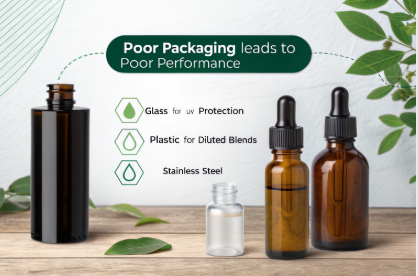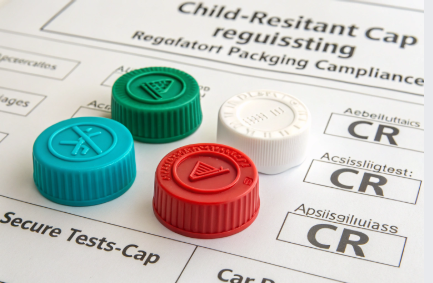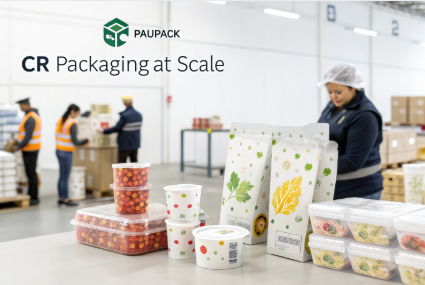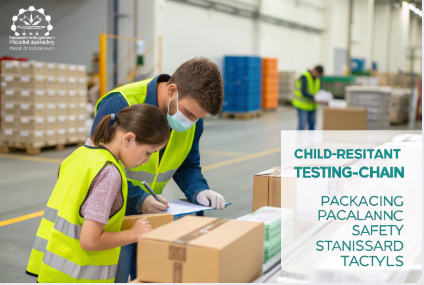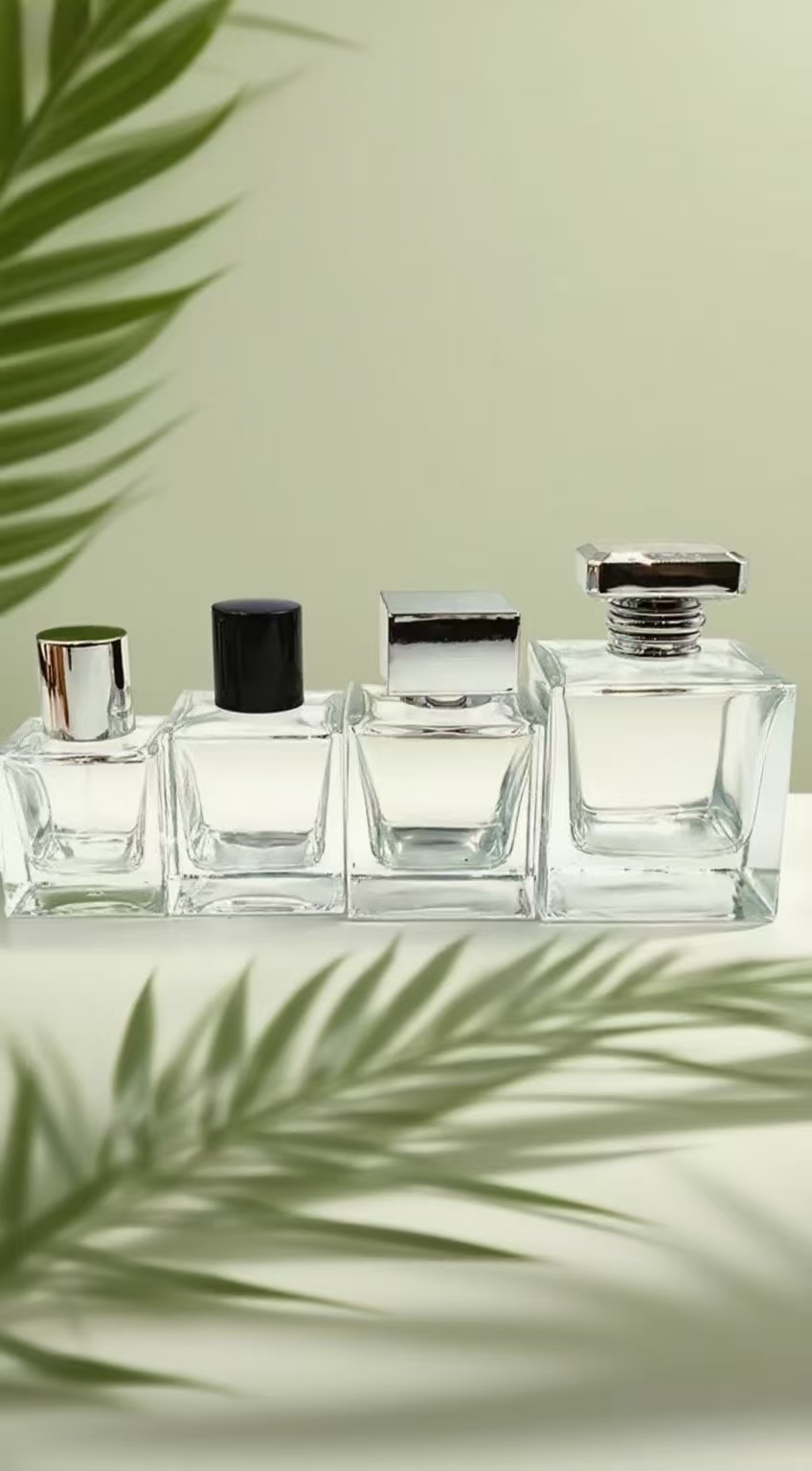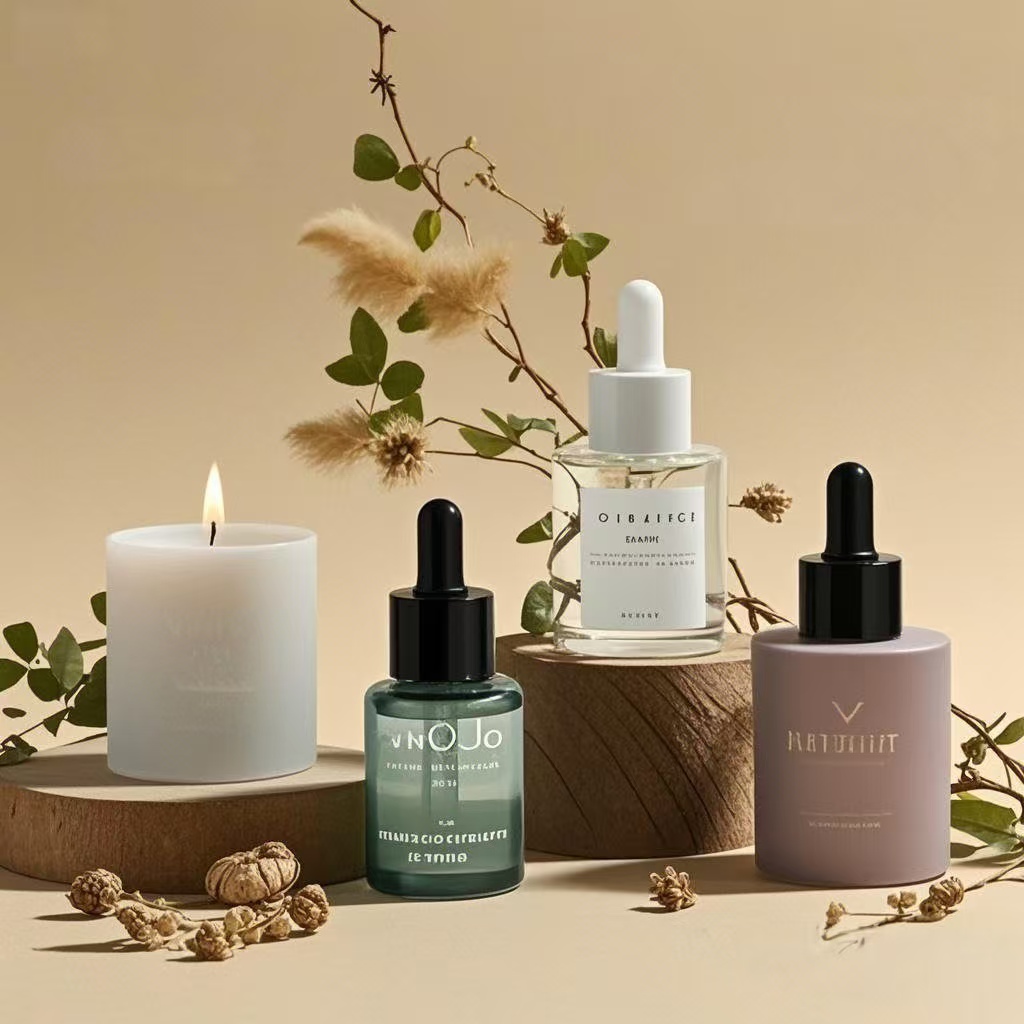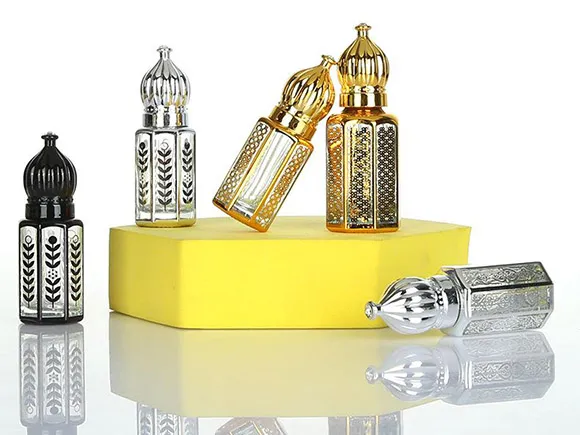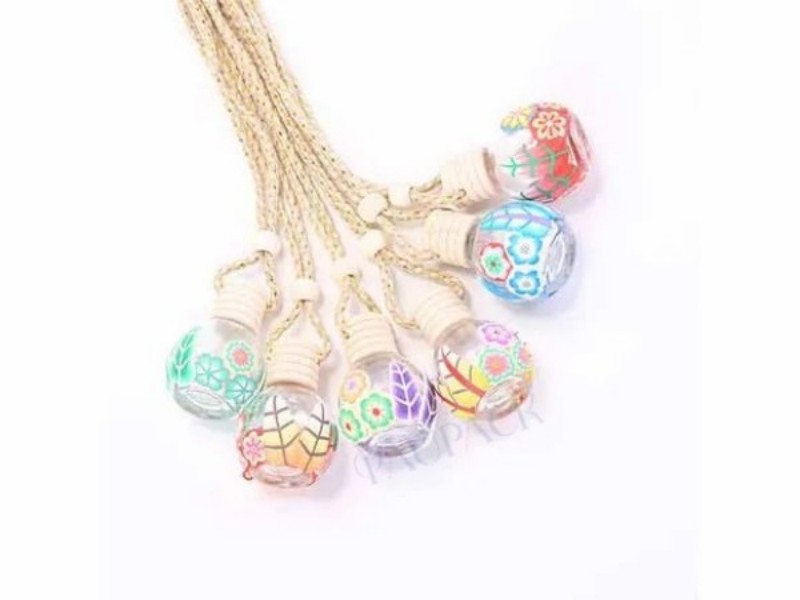Child safety isn’t optional—it’s the law. And in packaging, it starts with the cap.
Childproof caps, also known as child-resistant (CR) closures, are mandatory in many regulated industries. To be compliant, caps must pass specific safety tests defined by global standards such as ISO 8317 and ASTM D3475.
In this article, we’ll walk B2B packaging buyers through the must-know testing protocols, how to verify certification, and how PauPack helps brands stay compliant from prototype to production.
What Are Childproof Caps and Why Are They Legally Required?
Ingesting non-food products is a leading cause of accidental poisoning in children under five.
Childproof caps are engineered closures that prevent young children from easily opening containers that hold hazardous or sensitive products, such as medications, supplements, essential oils, and cleaning agents.
Key Reasons CR Caps Are Mandated
| Reason | Industry Impact |
|---|---|
| Accident Prevention | Protects households with children |
| Legal Compliance | Required by the Poison Prevention Packaging Act (PPPA), EU CLP, etc. |
| Liability Protection | Reduces brand exposure in safety-related incidents |
| Retail Approval | Major distributors require CR-certified packaging |
PauPack offers a wide range of CR closures for glass, plastic, and hybrid bottles that meet the required resistance and usability standards—so your packaging can pass both lab testing and real-world scrutiny.
Which International Standards Govern Child-Resistant Closure Testing?
If a supplier says “childproof,” it must mean something measurable.
The leading childproof testing standards include ISO 8317 and EN 862 (Europe), ASTM D3475 (U.S.), and CCCR-2001 (Canada). Each defines how CR caps should be tested using panels of children and adults.
Overview of CR Testing Standards
| Standard | Region | Product Scope |
|---|---|---|
| ISO 8317 | Global / EU | Reclosable packages (bottles, jars) |
| EN 862 | EU | Non-reclosable packs |
| ASTM D3475 | U.S. | Comprehensive CR classification system |
| 16 CFR 1700.20 | U.S. (CPSC) | Actual test method with child/adult panels |
| CCCR-2001 | Canada | Regulated packaging for drugs and chemicals |
At PauPack, we follow ISO 8317 as our baseline standard, ensuring CR mechanisms are tested and validated by internationally recognized labs for both safety and usability.
How Are Childproof Caps Tested and Certified?
It’s not enough to be “hard to open”—certification requires rigorous testing by panels of real children and adults.
Childproof caps are tested by evaluating whether 80–85% of children (ages 42–51 months) cannot open them within a defined time, while at least 90% of adults can open and properly close them.
Testing Process Breakdown
| Step | What Happens |
|---|---|
| Child Panel | 50+ children try to open the cap within 5 minutes (sometimes in pairs). Failure = success. |
| Adult Panel | 100+ adults must open the cap within 5 minutes and reseal it within another minute. |
| Mechanism Validation | Stress tests on torque, tension, twist-lock, or squeeze-release performance. |
| Certification Issued | Only if both child and adult panels pass thresholds, with full documentation. |
PauPack works with certified testing agencies (SGS, Intertek) to deliver lab-tested, certificate-backed CR closures for all bottle types and sizes.
What Packaging Buyers Must Verify Before Mass Procurement?
Don’t rely on verbal claims or vague sales terms. Compliance must be proven with documentation.
Packaging buyers should always request third-party testing reports, full ISO/ASTM certificates, and physical samples to confirm a cap’s CR status before placing wholesale orders.
CR Buyer Verification Checklist
| What to Check | Why It Matters |
|---|---|
| Valid ISO/ASTM Certificate | Ensures real-world CR compliance |
| Panel Test Summary | Shows exact pass/fail ratios for children and adults |
| Material Safety (FDA, BPA-free) | Required for pharma/food packaging |
| Cap Fit Testing on Final Bottle | Compatibility is critical—especially with glass |
| Manufacturer Traceability | Must track closure to resin, mold, and batch |
At PauPack, we provide complete compliance kits for each CR bottle project—including digital documentation, stress test data, and compatibility records with specific bottles.
How PauPack Delivers Fully Certified Childproof Packaging at Scale?
Compliance is complex—but we make it turnkey.
PauPack offers fully certified, globally tested childproof closures and bottles with low MOQs, high design flexibility, and full compliance documentation for regulated markets.
Why Clients Choose PauPack for CR Closures
-
🔒 ISO 8317, ASTM D3475, and EN 862 compliant caps
-
🧪 SGS/Intertek panel-tested and certified
-
🧴 CR closures for droppers, sprays, pumps, and jars
-
📦 MOQ from 1,000 pcs with custom branding options
-
🧾 Batch traceability + documentation bundles for audit readiness
-
🌍 Fast global shipping with customs-cleared certification
Whether you're sourcing child-resistant packaging for cannabis oils, vitamin supplements, or topical creams—our team ensures every cap meets the highest safety standards.
What Should B2B Buyers Ask Before Choosing Childproof Closures?
Not all “childproof” claims are backed by data. As a buyer, you need more than marketing language.
B2B packaging buyers should verify third-party certification, request actual test reports, check closure compatibility with their bottle, and ask about adult accessibility before placing a CR order.
Key Questions to Ask Suppliers
| Question | Why It Matters |
|---|---|
| Is the cap certified under ISO 8317 / ASTM D3475? | Proves real child-resistance |
| Can I see the panel test summary? | Ensures the cap passed real-world testing |
| Is the cap compatible with my bottle neck size/thread? | Mismatch can cause leakage or test failure |
| What’s the adult usability rating? | Ensures your actual users can still open it |
| Can I order pre-production samples for testing? | Lets you test before committing to mass production |
At PauPack, we provide full CR test data, compatibility checks, and custom cap pairing with each bottle SKU, helping buyers avoid fitment or compliance issues.
Are “Child-Resistant” and “Tamper-Evident” the Same Thing?
These terms are often confused—but they serve very different functions.
No, child-resistant (CR) and tamper-evident (TE) packaging are not the same. CR prevents access by children; TE shows if a product has been opened or compromised.
CR vs. TE at a Glance
| Feature | Child-Resistant (CR) | Tamper-Evident (TE) |
|---|---|---|
| Purpose | Prevent access by young children | Show visible sign of first-time opening |
| Required For | Pharmaceuticals, cannabis, supplements | OTC drugs, cosmetics, food |
| Typical Mechanisms | Push-turn, squeeze-release, button-lock | Shrink band, break seal, tear tab |
| Regulatory Standards | ISO 8317, ASTM D3475 | FDA 21 CFR §211.132, EU Cosmetics Reg |
At PauPack, many of our CR caps include optional TE features (e.g. break ring or liner seal), so clients can meet both safety and security goals in a single closure.
How Can Packaging Teams Integrate CR Testing into the Supply Chain?
Late-stage compliance testing can derail a launch. Smart teams build it in early.
Packaging teams should integrate CR testing at the prototyping phase and align with certified labs during pre-production to ensure compliant outcomes without costly revisions.
Best Practices for CR Integration
-
Choose pre-certified closures early in the design phase.
-
Request child/adult test data during supplier evaluation.
-
Test bottle + cap as a set—not in isolation.
-
Build in time for re-testing if you change decoration or cap mechanics.
-
Use CR sampling as part of QA/QC sign-off before production.
At PauPack, we run in-house torque + stress testing before sending samples to third-party labs, reducing the risk of failure and accelerating certification for your full package set.
What Role Does Adult Usability Play in CR Certification?
Safety isn’t just about keeping kids out—it’s about letting adults in.
CR caps must pass not only the “child panel” test (where kids fail to open the cap) but also the “adult panel” test, which ensures adults can open and close the container effectively.
Adult Usability in Certification
| Test Requirement | Threshold |
|---|---|
| Adults must open cap within 5 minutes | ≥ 90% success |
| Adults must resecure cap correctly | ≥ 90% success |
| Adults age range | 50–70 years recommended |
CR packaging that’s too difficult for adults to use can trigger complaints, returns, or even lawsuits—especially in pharma, where users may be elderly or have limited dexterity. PauPack’s CR designs are tested for both resistance and usability, ensuring legal and consumer-friendly results.
How PauPack Helps Brands Meet Safety Standards Without Delaying Launches?
Certification can feel complex, but it doesn’t have to slow you down.
PauPack offers fully certified child-resistant packaging options with pre-tested components, flexible MOQs, and expert documentation support—so your brand can launch safely, on schedule.
What We Provide
-
✅ ISO 8317, ASTM D3475, EN 862 certified CR caps and jars
-
🧪 Child + adult panel test data from SGS, Intertek, etc.
-
🧴 Stock and custom CR closures: dropper, pump, screw cap, etc.
-
📦 MOQ from 1,000 pcs with full decoration options
-
📄 Regulatory documentation ready for customs or audits
-
🧠 OEM support from sampling through bulk production
Whether you’re launching a new CBD line, scaling a supplement brand, or expanding into regulated EU/US markets, PauPack gives you packaging that meets every requirement—without delay.
Conclusion
CR packaging is a legal and safety essential in today’s product landscape. With PauPack’s certified childproof caps and OEM support, packaging buyers can source smarter, safer, and faster—no guesswork required.




